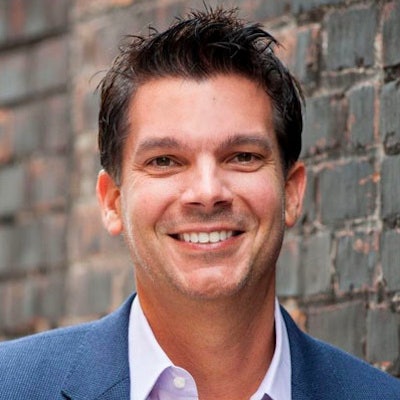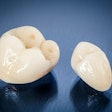
It's time to drop some knowledge on building amazing temporary restorations. As a fan of the KISS (Keep it simple, stupid) principle, here are three key steps to make it happen. I would love to hear your feedback!
Step 1: Impression or scan
 David Rice, DDS.
David Rice, DDS.The first step in this process? Collect your assets. In today's dental practice, the great news is that we have options.
You can go tried and true and make physical impressions. If you do this, here's the key: The more accurate you are, the more accurate your matrix can be, so don't slack.
Material-wise, I really like Virtual by Ivoclar Vivadent and Honigum by DMG America. Make sure you have captured every tooth detail and every soft-tissue detail. I know you'll meet dentists who will tell you this primary impression is insignificant. I promise you, putting the time in on the front end will pay dividends on what really matters -- chair time.
You can also go new school and scan your diagnostic models followed by 3D printing them. Plenty of scanners are on the market. Some are OK. Some are good. A very select few are great. 3Shape is a great one, but, in my opinion, the greatest (and I've worked with them all) is CEREC Primescan by Dentsply Sirona.
Once you've scanned (a full arch takes about 45 seconds tops these days), you extract the stereolithography (STL) file and send it to print. You can do this with a lab if you like. You can also do it in your practice. Printers today are very inexpensive and very efficient.
If you love your dental assistant and your wallet, check out the video below.
Step 2: Putty matrix
From your original model, fabricate a putty matrix. Just in case you missed it above, in my hands, the Ivoclar Vivadent and DMG crews crushed it with Virtual and Honigum, respectively. Yes, they come in a putty wash system, just as they do other viscosities.
This step is a piece of pie. Mix 50/50 base catalyst. Roll a sausage, press into place, and let it set.
Now, the next step is the difference maker.
Step 3: Wash impression
As they say, the devil is in the details. Washing your putty matrix gives you just that. And when you and your patient are tired at the end of prepping four, six, eight, or the entire arch, you're going to want fast, effective, and minimal cleanup.
A few tips within this tip about the tip:
- First, every time you use a wash material (per the video below), bleed it. Few things kill a day more than wash material that doesn't set because it was only coming out one side of the cartridge.
- Second, place the tip into the putty. Once you start expressing the wash, never let the tip come out of the wash material. If you follow that advice, you will never have a bubble.
- Third, when you seat the putty/wash back on your model, you're going to have excess wash. It's a good thing. It means you have excellent coverage. You're going to want to clean that up. Don't do it. It's just like that smoking hot pizza you can't keep from eating when it's 1,000°. Give it a hot minute -- or in our virtual world, a hot 2.5 minutes. It trims off in 20 seconds once it's set.
Watch more in the video below.


















